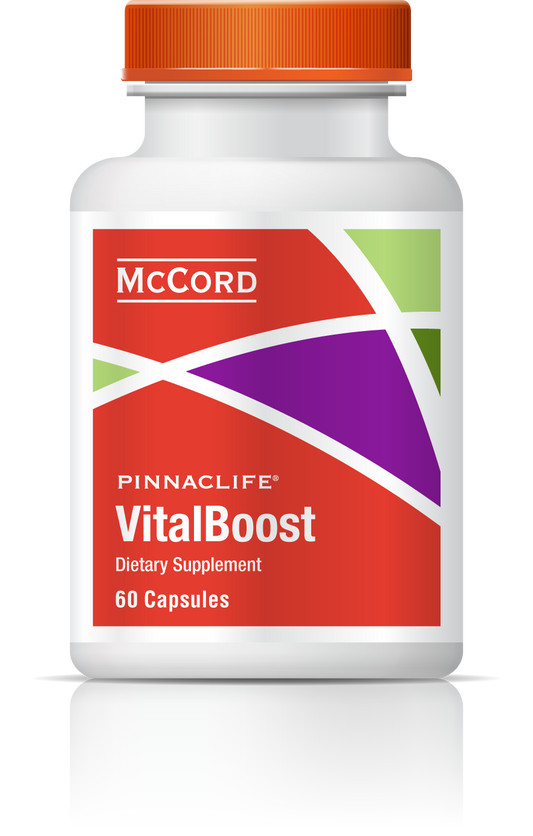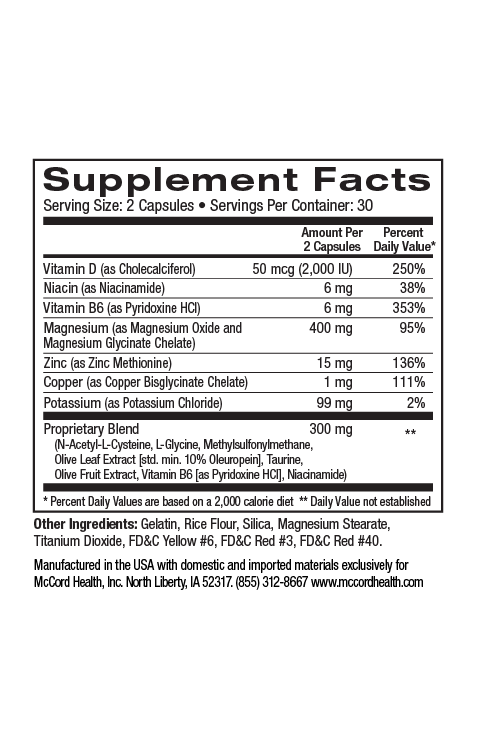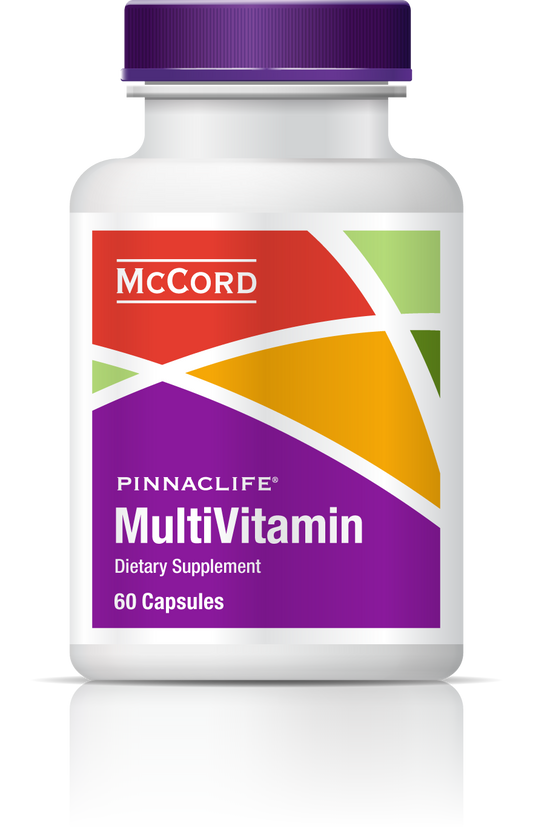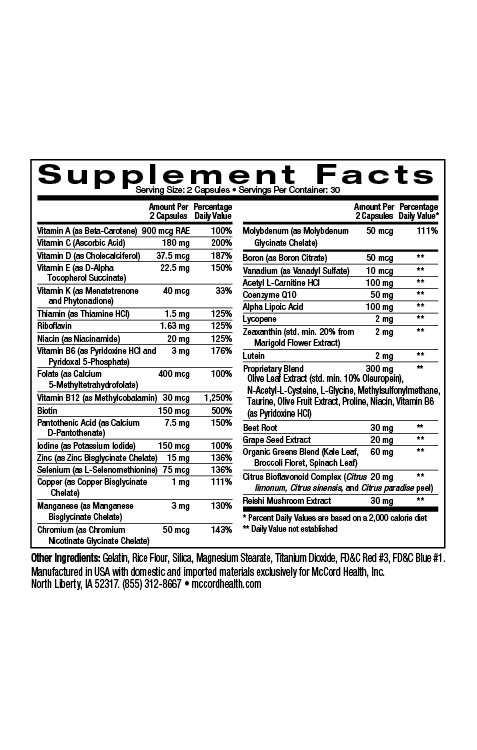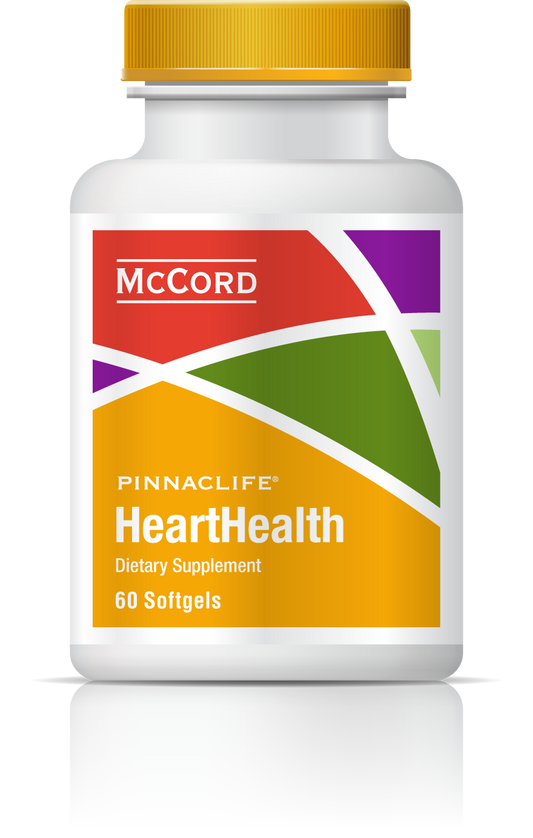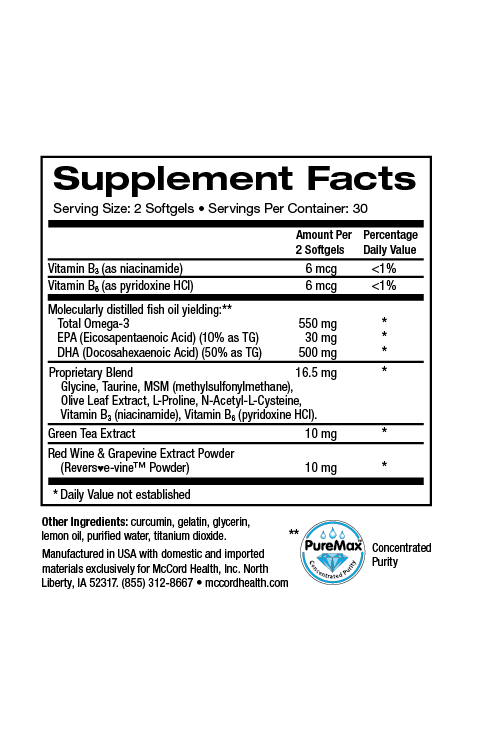The skin is the largest organ of the body and is the first line of defense against various external threats including temperature changes, dehydration, invading microbes, harmful chemicals, pollution, and ionizing radiation.
These threats are potentially damaging because they can alter biological homeostasis (or the maintenance and regulation of stability required for proper functioning).
One very important aspect of skin homeostasis involves maintaining the balance between the production of free radicals, known as reactive oxygen species (ROS), and the skin’s oxidative defense system. Toxic chemicals, pollution (including cigarette smoke), ionizing radiation (including UV), and extreme temperature change can all cause elevated ROS that may disrupt this balance, potentially leading to oxidative stress, skin inflammation, increased aging and disease.
The natural mechanisms that protect skin from oxidative stress include the production of protective molecules such as melanin and vitamin D, and antioxidant enzymes such as superoxide dismutase (SOD) and glutathione peroxidase. However, when these defense mechanisms are overwhelmed, oxidative stress can occur. Oxidative stress is associated with inflammation and is thought to play an important role in skin disorders including atopic dermatitis, eczema, and psoriasis, as well as in impaired wound healing.
Antioxidant Polyphenols Including Resveratrol
Viniferamine® skin and wound care products including Renewal Moisturizer and Silicone Barrier contain potent antioxidants that help prevent or decrease oxidative stress including resveratrol from grapevine extract, EGCG from green tea extract, and oleuropein from olive leaf extract. The polyphenol, resveratrol, protects against oxidative damage by enhancing the expression of antioxidant genes including heme oxygenase-1 and glutamate-cysteine ligase. Resveratrol has also been shown to stimulate the antioxidant Nrf2 pathway. In fact, studies have demonstrated protective effects of resveratrol against UV radiation-mediated oxidative stress. In addition, resveratrol has been shown to be anti-inflammatory and capable of promoting diabetic wound healing.
Scavenging Free Radicals
Epigallocatechin-3-gallate (EGCG), a polyphenol from green tea, is thought to scavenge free radicals and is protective against UV-induced oxidative stress and damage. In addition, EGCG is anti-inflammatory and evidence suggests that EGCG is beneficial in wound healing.
The olive polyphenol, oleuropein, has free radical scavenging activities and inhibits increases in ROS induced by UVB irradiation. Oleuropein is also an anti-inflammatory agent, and has been reported to reduce irradiation-induced erythema. Furthermore, evidence suggests that oleuropein accelerates wound healing.
All three of these natural polyphenols activate FOXO3a, a protein that turns on cellular oxidative defense enzymes that are part of the body’s intrinsic protective mechanisms.
In addition, Viniferamine® skin and wound care products contain other powerful small molecule antioxidants including L-glutathione and melatonin that also enhance skin protection against oxidative stress to help skin maintain homeostasis. Viniferamine® skin and wound care products include these amazingly beneficial and powerful antioxidants to help skin, the first line of the body’s defense, function at its best.
About the author: Nancy Ray, PhD is the Science Officer at McCord Research. Dr. Ray received her PhD in Biochemistry and Biophysics and was a postdoctoral fellow at NIH, Harvard University and Dana-Farber Cancer Institute, and the University of Iowa. She also earned bachelor of science degrees in Chemistry and Microbiology.
References
- Antioxid Redox Signal 2014; 20: 2982-2996.
- J Clin Diagn Res 2013; 7: 2683-2685.
- Ind J Clin Biochem 2010; 25: 388-392.
- Free Rad Biol Med 2014; 69: 50-57.
- Free Rad Biol Med 2015; 78: 213-223.
- ISRN Endocrinol 2014; ID816307.
- Mini Rev Med Chem 2011; 1200-1215.
- J Am Acad Dermatol 2005; 52: 1049-1059.
- Int J Cosmet Sci 2008; 30: 113-120.
- Phytother Res 2010; 24: 995-1003.
- Cell J 2014; 16: 25-30.
- Invest Opthalmol Vis Sci 2011; 52: 4395-4401.
- Aging Cell 2013; 12: 1041-1049.
- J Transl Med 2014; 12: 219-227.
–––––––
Disclaimer: These statements have not been reviewed by the FDA. The decision to use these products should be discussed with a trusted health care provider. The authors and the publisher of this work have made every effort to use sources believed to be reliable to provide information that is accurate and compatible with the standards generally accepted at the time of publication. The authors and the publisher shall not be liable for any special, consequential, or exemplary damages resulting, in whole or in part, from the readers’ use of, or reliance on, the information contained in this article. The publisher has no responsibility for the persistence or accuracy of URLs for external or third party Internet websites referred to in this publication and does not guarantee that any content on such websites is, or will remain, accurate or appropriate.
